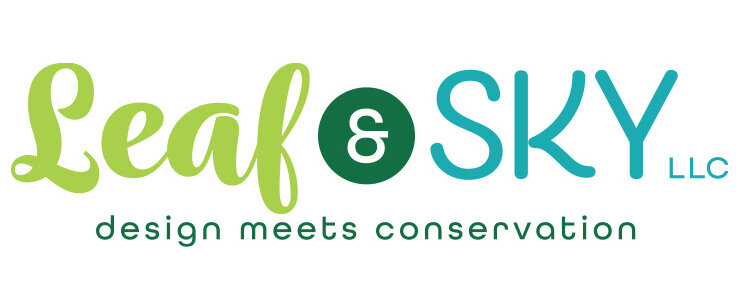What to do with your Bee B&B to prepare for the spring
It is not too early to prepare for the coming spring arrival of new bee tenants. If you have not done so already, remove the nesting tubes from your B&B. Inspect for any closed ends that might indicate that a female bee has laid her larvae in sealed chambers within the tubes. These should be placed in an “emergence box”, which can simply be a small cardboard box with a small hole cut into one side. close the box and place into a sheltered area outside (likely a garden shed), making sure the hole is toward the top. The hole size should be about 1” and the bees will go toward the light to make their escape. The shelter will keep the box free of moisture but still exposed to the normal outside temperatures which will prevent the larvae from emerging prematurely believing that spring has arrived, and not being able to find a food source or shelter from colder temperatures that may return.
Take the remaining tubes that appear empty and clean them out with a pipe cleaner or small bottle brush to remove any debris or other insects. Inspect the tubes for any holes or cracks that may have developed and replace with new tubes. If using the cardboard mason bee tubes be sure to replace any that appear to be water damaged or splitting. Several online garden supply companies offer replacement tubes. If you have used paper liners for the cardboard tubes, discard any that were not occupied the previous season and replace with new liners. These can be easily made with plain paper cut to fit the 6 inch tubes, rolled up and reinserted into the cleaned out tubes that are deemed undamaged by the elements. It is a good idea to rinse the nesting tubes (except for the cardboard type) in a bleach and water solution (5 to 1 water to bleach) or diluted white vinegar and water solution briefly to prevent any possible mite infestation. After completely drying the materials keep them ready to place into the Bee B&B by late February or early March. The emerging bees will begin searching for new nesting sites (and likely return to the previous location) as soon as temperatures begin to warm and the very early blooming plants pop up. If you are experiencing a large proportion of the tubes being occupied, it is a good idea to have a second batch of tubes to rotate each spring and have the new ones in place as early as possible. Before placing the nesting material into the Bee B&B, make sure to clean out any debris and inspect for any cracks along the joints. Seal these with wood putty if necessary and apply a water based paint to exterior surfaces only. You can also wipe out the interior with a rag dipped into the bleach and water solution. This should be done a few weeks early so that lingering odors from the solution will not discourage the new or returning occupants.
The single most important element to promote the attractiveness of your Bee B&B is the surrounding plants that offer a readily available food source. Plants that are native to your area are the best option for your garden to attract these important pollinators.
Seek out the help of a reliable garden supplies resource or native plant nursery to advise you on what plants will work best in your area.
